The era of "IPv6+" is here. Don't you know what IPv6 is?
Author:Institute of Physics of the Ch Time:2022.06.16
In November 2017, the General Office of the Central Committee of the Communist Party of China and the General Office of the State Council issued the "Sixth Edition of the Internet Agreement (IPv6) Large -scale Deployment Action Plan".
In April 2019, the Ministry of Industry and Information Technology carried out special actions to implement the action plan.
In July 2021, the Ministry of Industry and Information Technology and the Central Cyber Security and Information Committee Office issued the "IPv6 Traffic Increasing Three-year Special Action Plan (2021-2023)".
Not only deployment of action plans, but also continuously arranged special operations. IPv6 made the country so important. Why?

If you want to figure out this problem, you need to first understand what IP is.
What is ipv6
The Internet protocol IP (Internet Protocol) mainly defines how data transmits data in the connected network. Each device in the network (such as a computer), if you want to communicate data with other devices, you need a logo like the house number -this logo is also the IP address we are familiar with.

The current IP protocol that has been widely used is IPV4 (IP Version 4), and the address used by the network device is the IPV4 address.
The length of the IPv4 address is 32 BIT, so the address that can be provided is 32 (about 4.3 billion) addresses. However, except for some reserved addresses and special addresses for broadcasting, testing, and private networks, the actual available address is less than 4.3 billion.
The Internet has developed for so many years, and the IPv4 address has been allocated and used. On November 25, 2019, the European Network Coordination Center (RIPE NCC), responsible for the distribution of Internet resources in the United Kingdom, Europe, the Middle East, and some Central Asian regions, announced that all 4.3 billion IPV4 addresses around the world have all been allocated.

As the 5G applications of all things are becoming more mature, the needs and functions of the network are becoming more and more complicated.
In addition to facing the problem of depletion of address, the shortcomings and limitations of IPv4 networks are becoming more and more obvious.
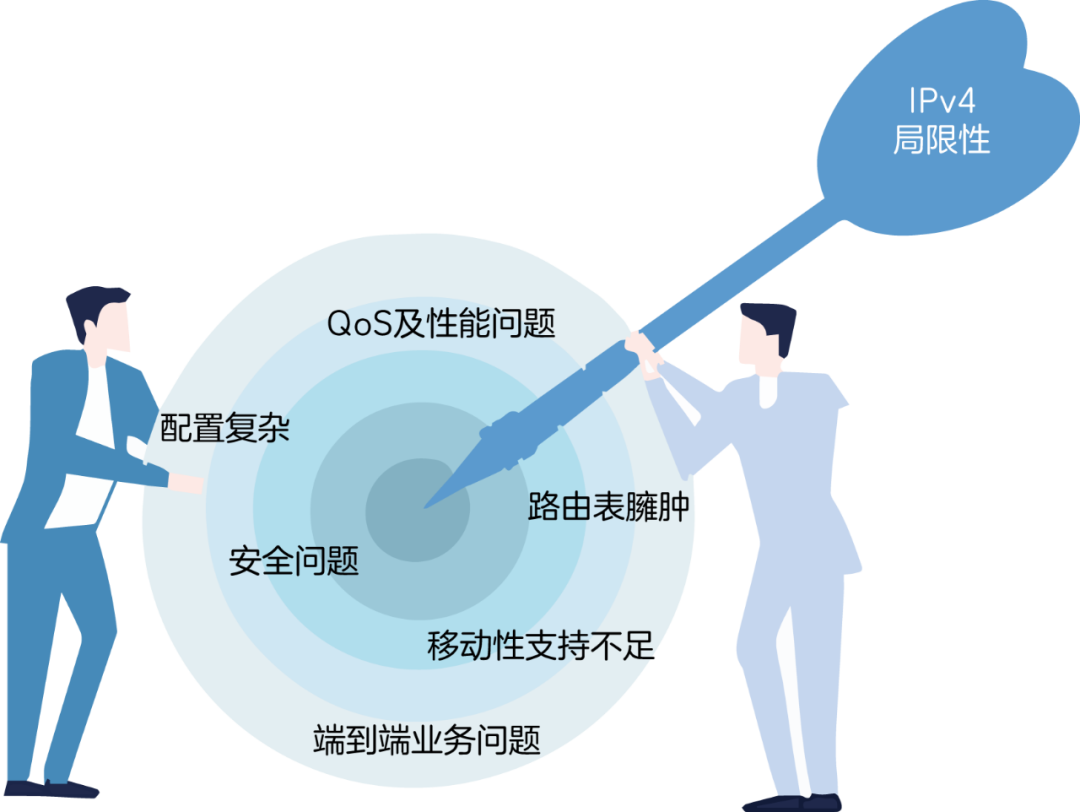
Therefore, whether it is the country, the industry, or the individual, it has an urgent demand for IPv6 (IP Version 6) and supports promotion:
The major countries and economies in the world are striving to complete the construction of IPv6 network as soon as possible, and strive for the first application and technology lead in the network (such as the action plan and special action mentioned at the beginning).
A large number of mobile terminals, fixed devices, application websites and APPs on the market have supported two protocols: IPV4 and IPv6.
The popularity of smart homes, families and individuals have many smart devices. The end -to -end management of these devices requires the support of IPv6 technology.
IPv6 advantage
The primary purpose of IPv6 technology is to solve the problem of address shortage. The length of the IPv6 address is 128 BIT, and the maximum number of addresses that can be provided is 128, which is more than 96 times more than the IPv4 address. This number is so large that it is unimaginable. A very vivid metaphor is that IPv6 can almost allocate a address for every sand on the earth.
Compared with the IPv4 address, the 128 -bit IPv6 address is longer. In order to facilitate memory and use, the IPv6 address is usually written into 8 groups. Each group is a format of 4 hexadecimal numbers. It is separated by a colonary in the middle.
For example, a legal IPv6 address is as follows:
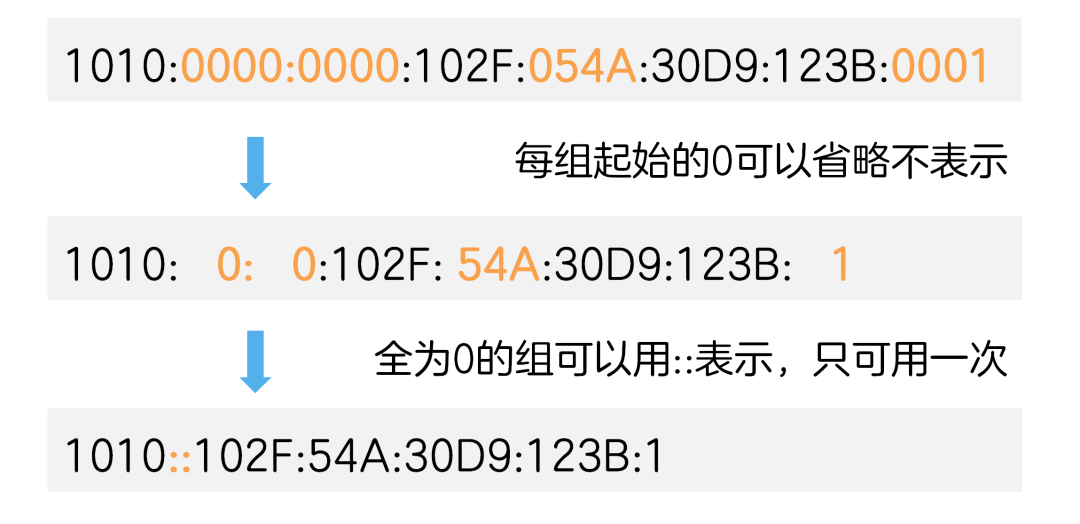
IPv6 address not only brings massive address resources, but also improves the "disadvantages" of IPv4.
01
Smaller route table
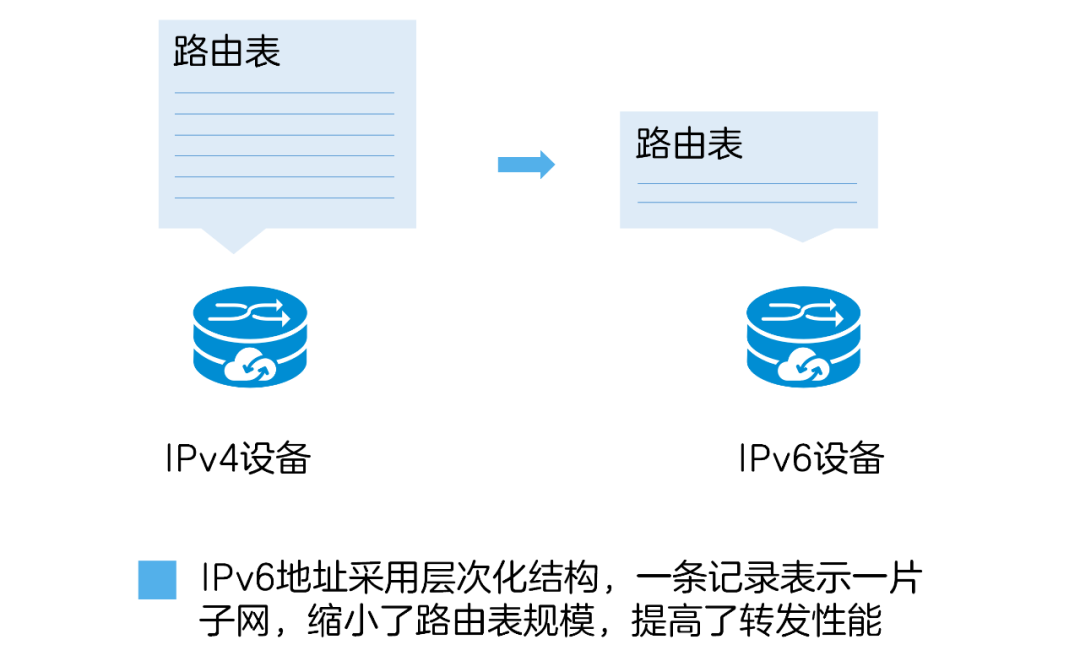
02
More flexible message head
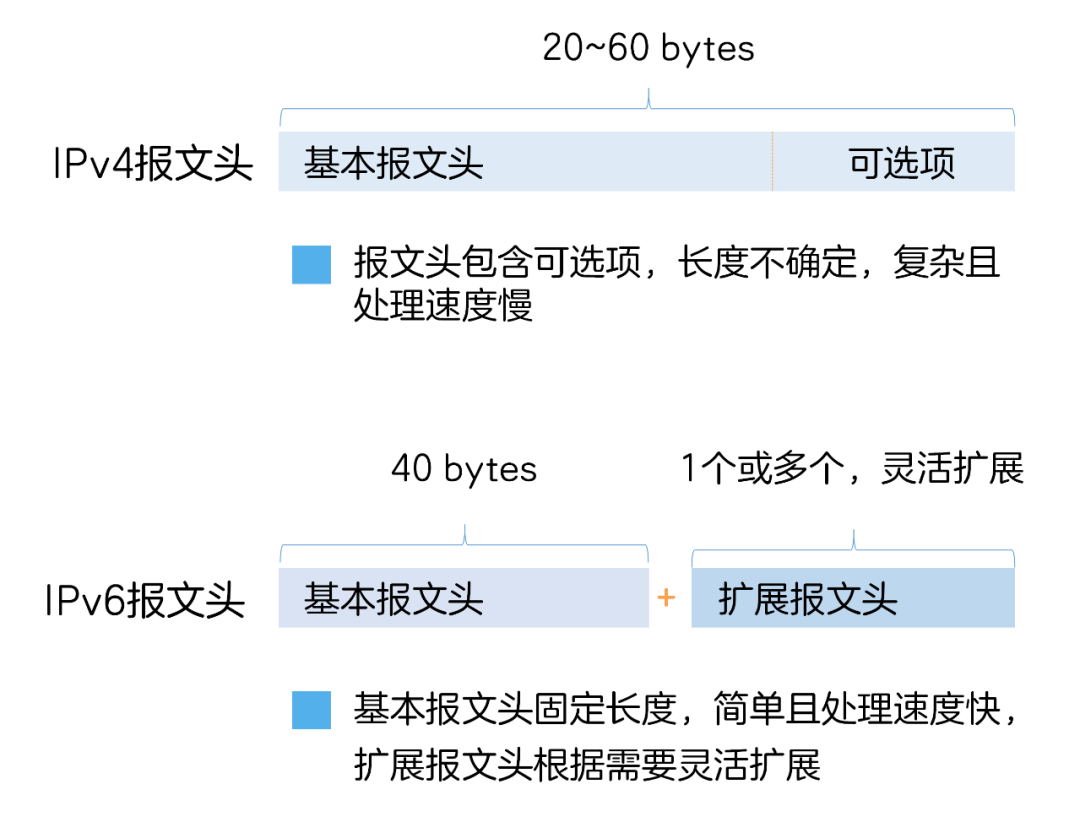
03
The easier network
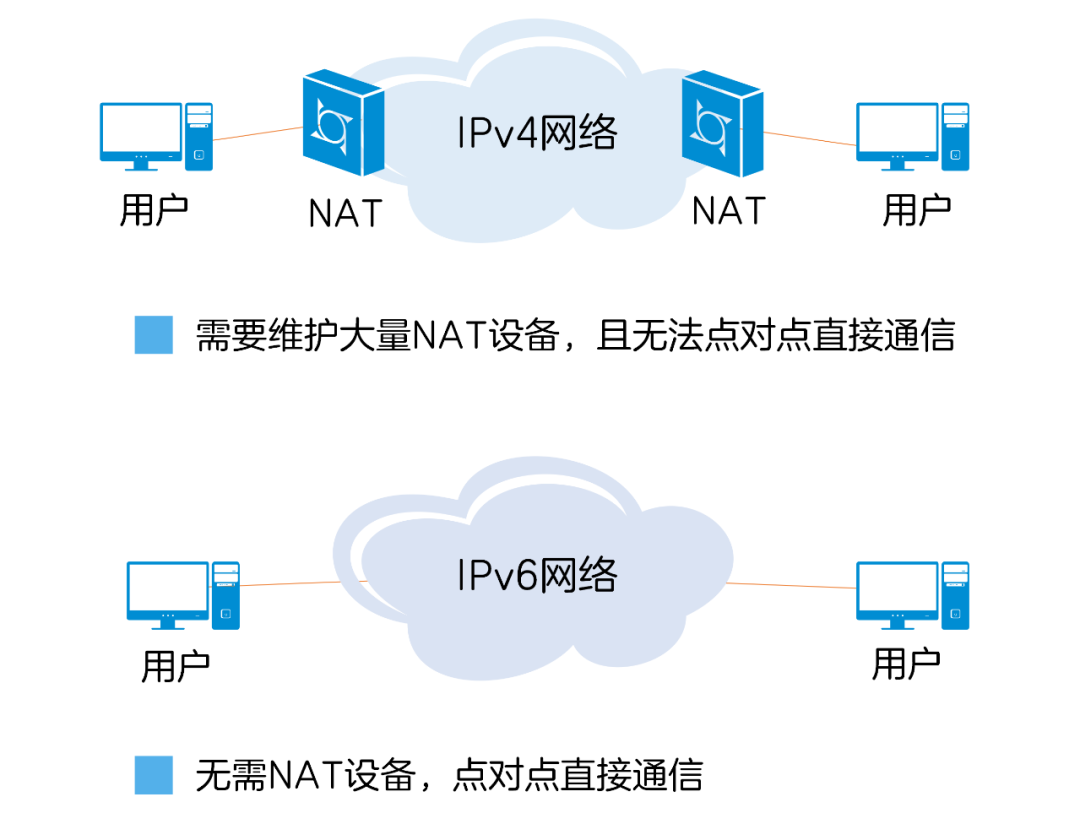
04
Better mobility support
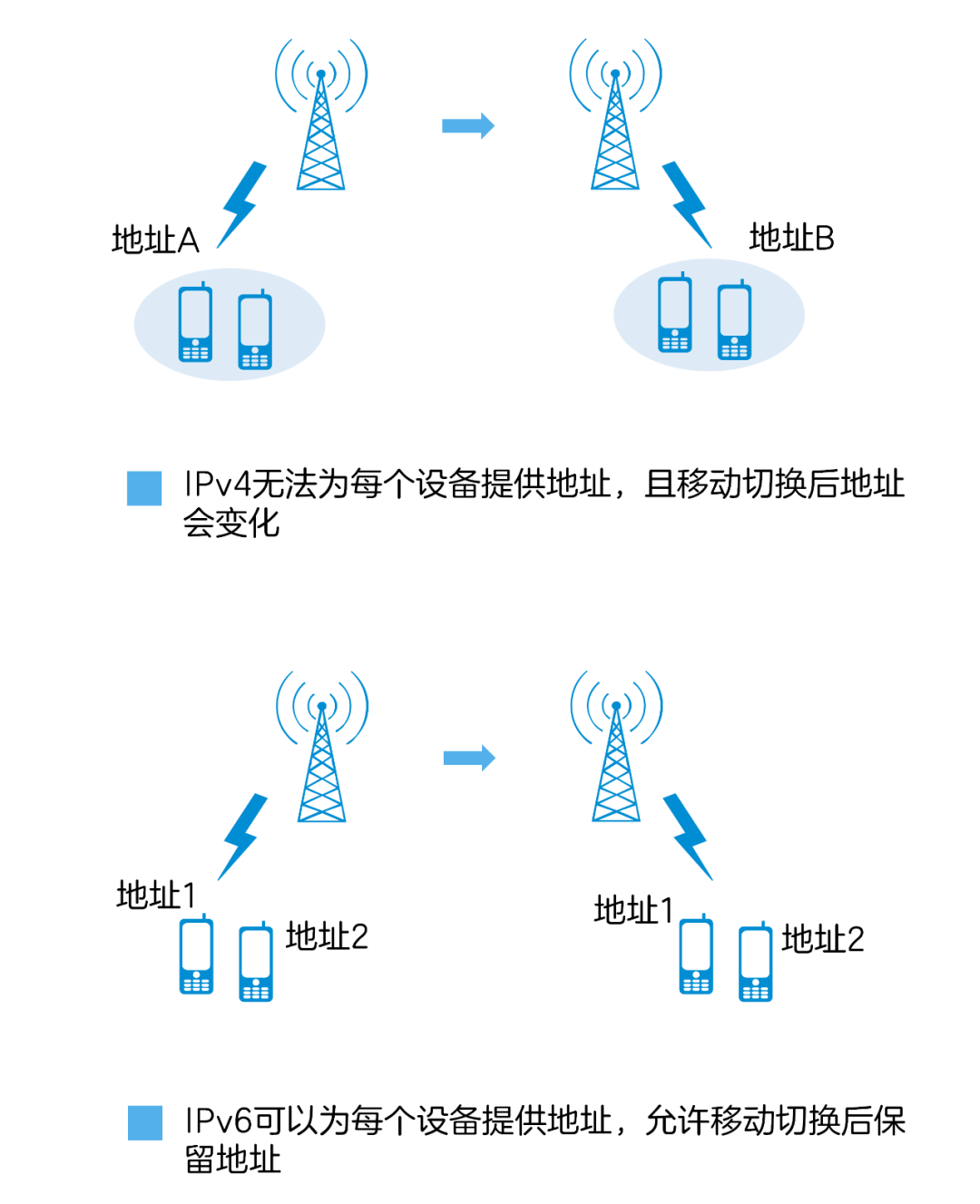
In addition to the above advantages, IPv6 also enhances functions such as security, automatic address configuration, broadcasting, and traffic control, as well as more support for SDN/NFV applications.
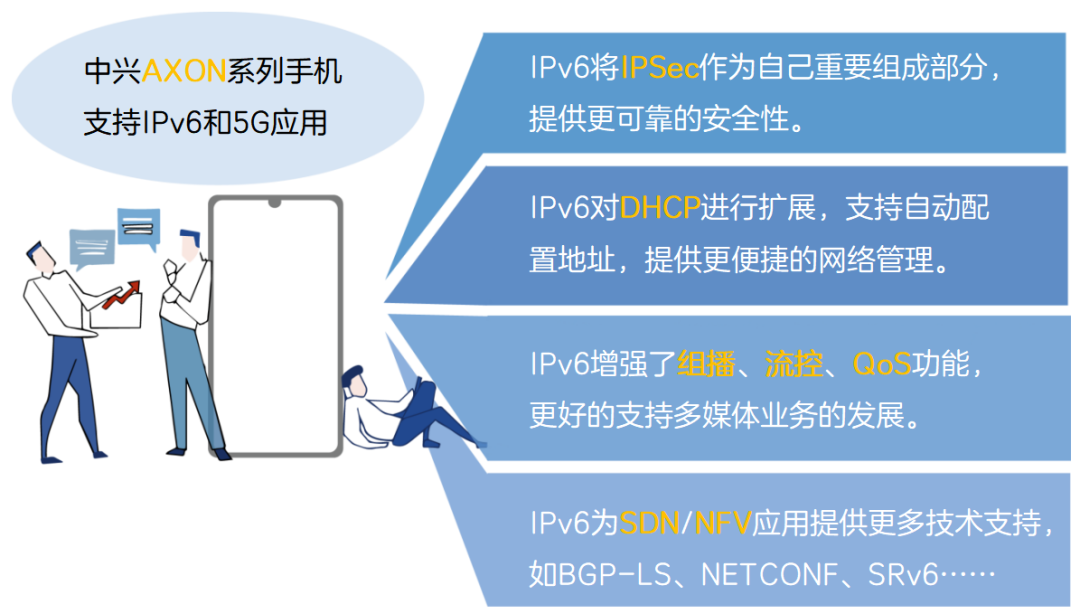
The development status of IPv6
Compared with IPv4, IPv6 is obviously much better. But friends who love to think will definitely have such questions -since IPv6 is so good, it has been developed for so many years from the agreement to now.

This is because the renewal of technology has never been so easy. On the one hand, because of the application of NAT (Network Address Translation) technology, the IPv4 address is delayed. NAT can share one IP address through the address conversion to access the Internet, saving some address resources.
On the other hand, the cost of upgrading to IPv6 is huge. The upgrade from IPv4 to IPv6 is not just as simple as changing the address, but involving all aspects of the network. From personal terminals to operator networks, from various application software to website services, they need to be fully transformed and upgraded.
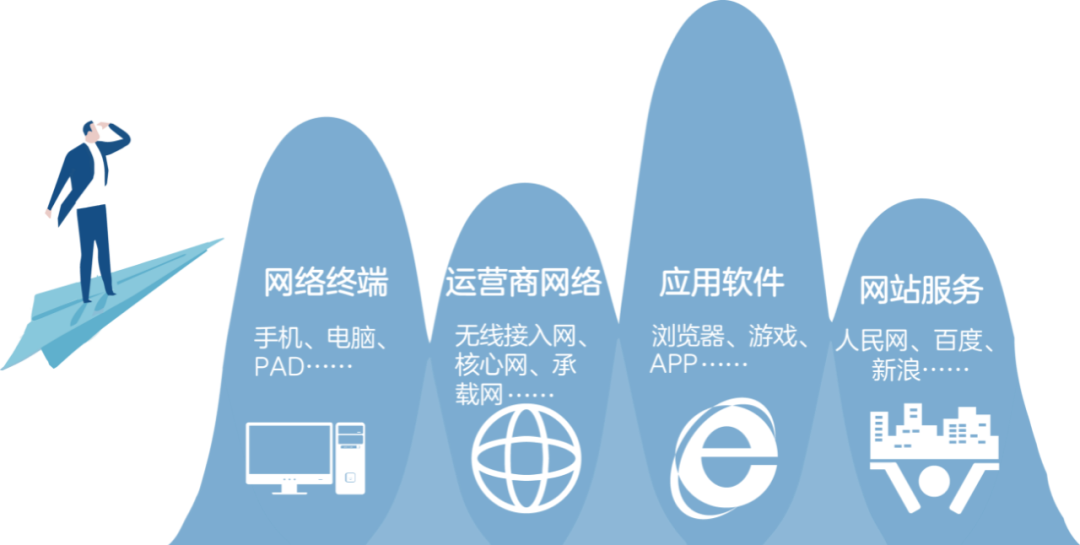
Because of this, the upgrade from IPv4 to IPv6 is not completed at one time, but it is necessary to gradually advance and layered. During the transition, in order to ensure that IPv4 and IPv6 can coexist and interoperate, some transition technology has appeared.
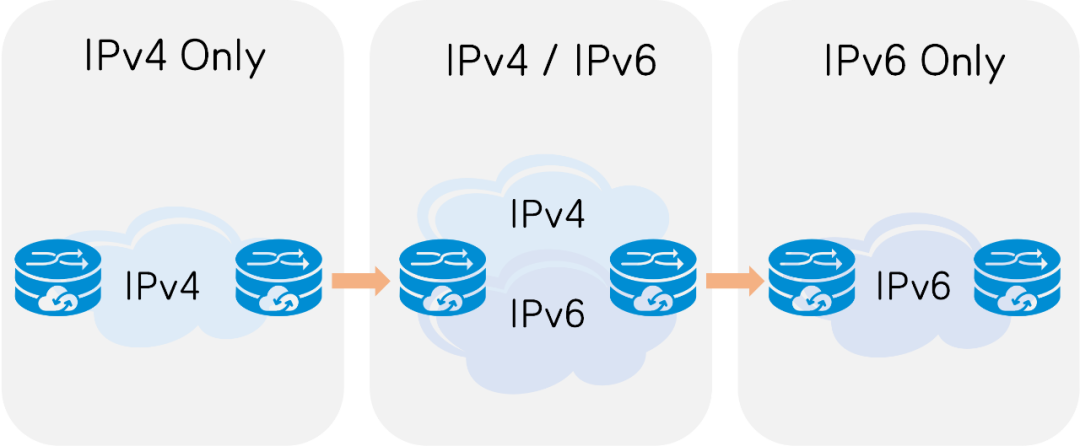
Dual Stack
When there are IPv4 and IPv6 networks at the same time, through the dual-stack function, combined with tunnel and conversion technology to realize the interoperability of IPv4 networks and IPv6 networks, representing technology DS-Lite. Protocol conversion technology (NAT)
When IPv4 network nodes or IPv6 network nodes need to communicate with the other party, they need to use protocol conversion technology to convert IPv4 and IPv6 packets to interoperate, representing technology NAT64.
Tunnel technology (Tunnel)
In the early stage of IPv4's transition to IPv6, IPv4 networks have been deployed in large quantities, and IPv6 networks are just "islands" scattered in various places. Tunnel technology enables IPv6 packets to transmit in the IPv4 network and realize the island interconnection between IPv6 networks.
Representative technology: 6PE, 6VPE, GRE, 6TO4, etc.
The future of IPv6
Despite many difficulties, the powerful and perfect functions of IPv6 technology and the great demand for network performance in the 5G era are all promoting the steady evolution of the IPv4 network to the IPv6 network.
With the gradual construction of 5G networks, our country has ushered in rapid development in emerging fields such as the Internet of Things, big data, cloud computing, and artificial intelligence. The security IPv6 network is undoubtedly the best choice.
In recent years, the next -generation Internet technology innovation system "IPv6+" based on IPv6 has also attracted widespread attention. "IPv6+" is the upgrade of IPv6, a IP network innovation system for the 5G and cloud era.
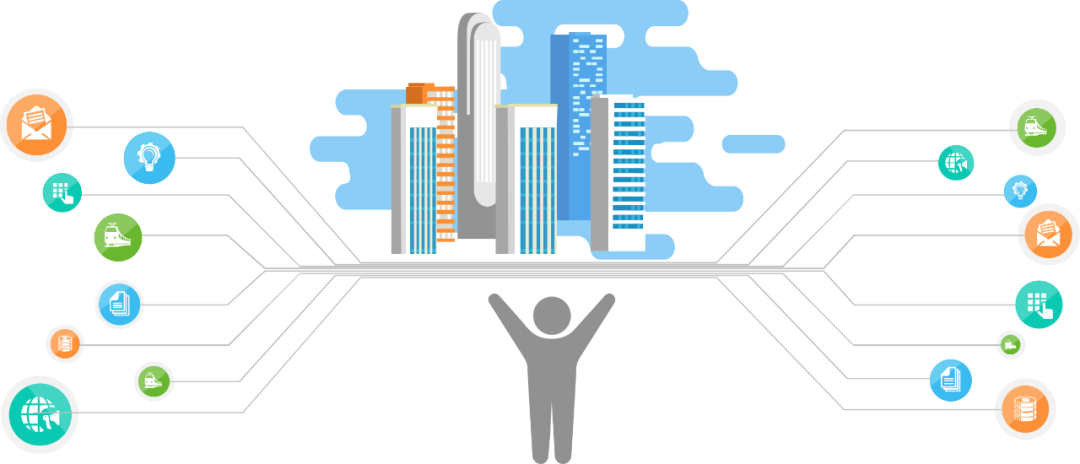
"IPv6+" includes not only agreement innovations represented by SRV6, network slice, follow -up detection, BIERV6, and APN6, and technological innovation represented by network analysis and automatic tuning and other network intelligence. Yunwang integration is the business innovation of key application scenarios.
During the Beijing Winter Olympics, IPv6+technology has also been applied for the first time in large -scale events.
The era of IPv6 and "IPv6+" has arrived. Are you ready? Intersection
Does not represent the position of the Institute of Physics of the Chinese Academy of Sciences
Source: ZTE Document
Edit: Just_iu
- END -
How to do the "one -stop" service work of the "14th Five -Year Plan" quality infrastructure?Leshan Plan is released
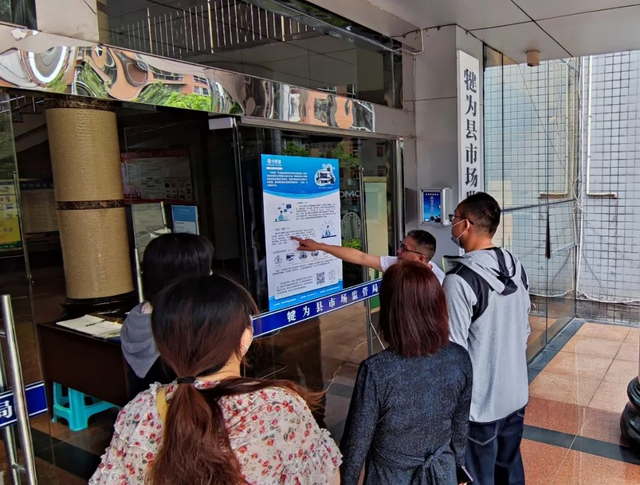
Recently, the Leshan Market Supervision Bureau issued the One -stop Service Implem...
This call must be answered!Rest assured!Don't hang up!

recentlyThe Ministry of Industry and Information Technology launched the anti -fra...